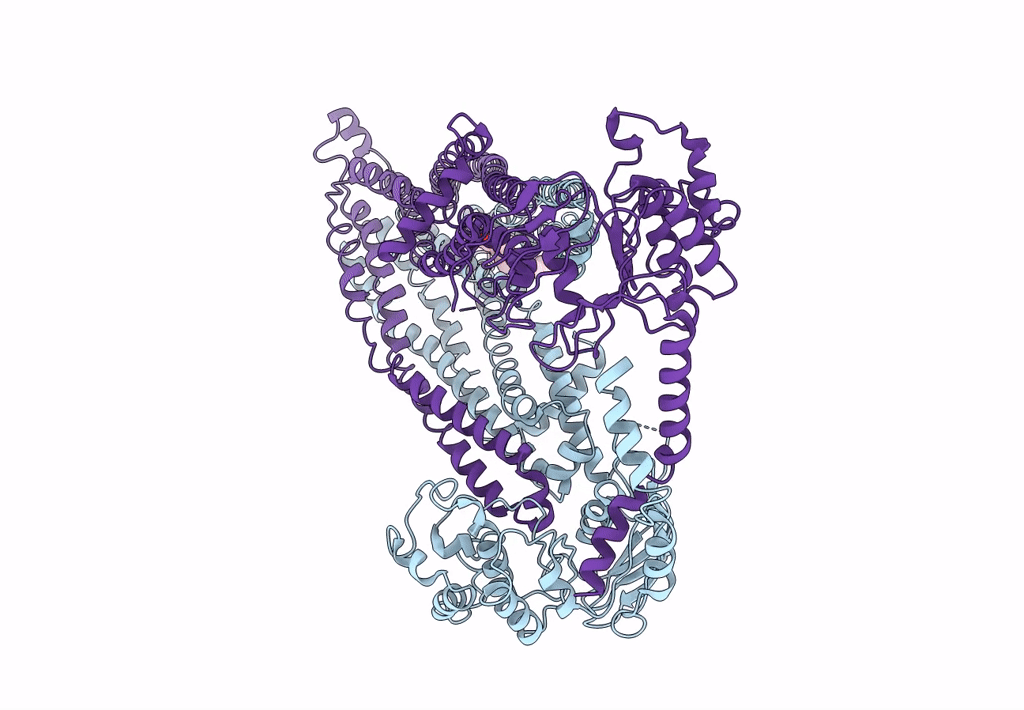
Deposition Date
2022-02-21
Release Date
2023-03-22
Last Version Date
2025-07-02
Entry Detail
PDB ID:
7X07
Keywords:
Title:
Cryo-EM structure of human ABCD1 in the presence of C26:0
Biological Source:
Source Organism:
Homo sapiens (Taxon ID: 9606)
Host Organism:
Method Details:
Experimental Method:
Resolution:
3.78 Å
Aggregation State:
3D ARRAY
Reconstruction Method:
SINGLE PARTICLE


